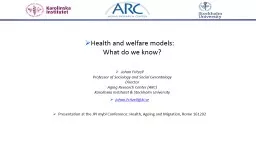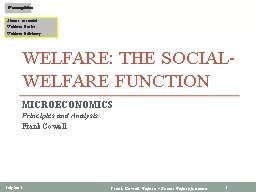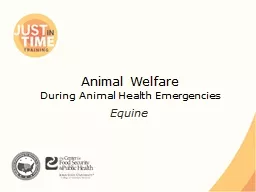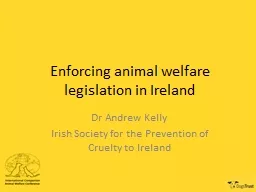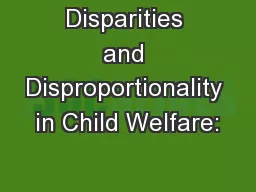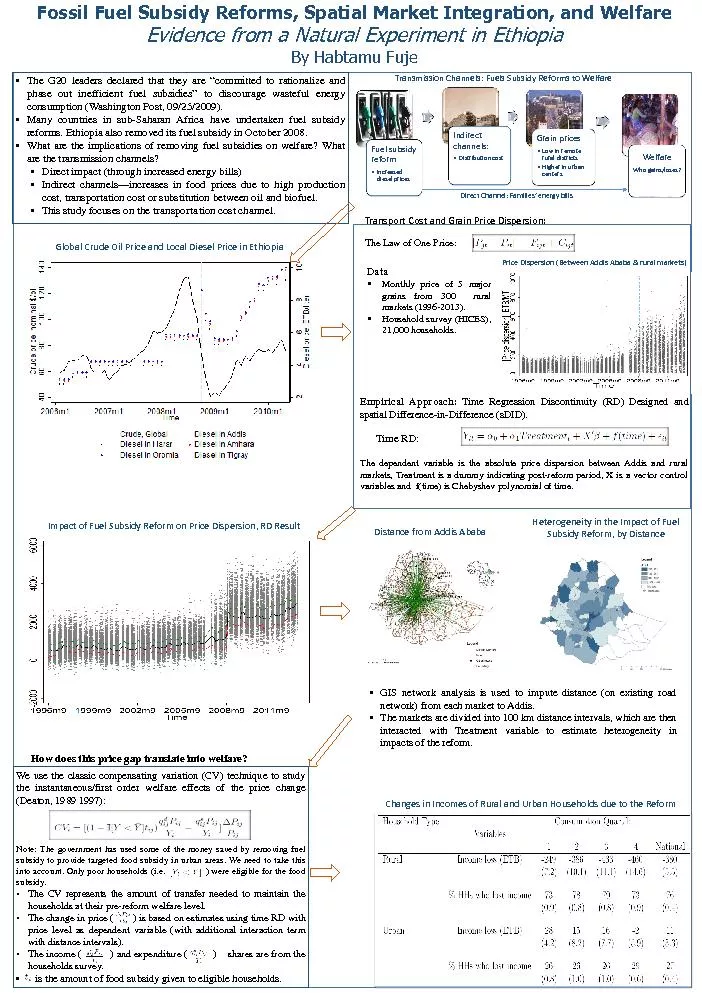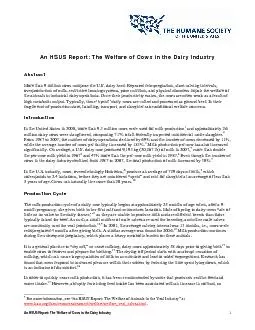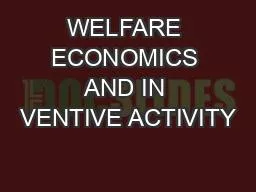PPT-Health and welfare models:
Author : alida-meadow | Published Date : 2018-03-13
What do we know Johan Fritzell Professor of Sociology and Social Gerontology Director Aging Research Center ARC Karolinska Institutet amp Stockholm University
Presentation Embed Code
Download Presentation
Download Presentation The PPT/PDF document "Health and welfare models:" is the property of its rightful owner. Permission is granted to download and print the materials on this website for personal, non-commercial use only, and to display it on your personal computer provided you do not modify the materials and that you retain all copyright notices contained in the materials. By downloading content from our website, you accept the terms of this agreement.
Health and welfare models:: Transcript
Download Rules Of Document
"Health and welfare models:"The content belongs to its owner. You may download and print it for personal use, without modification, and keep all copyright notices. By downloading, you agree to these terms.
Related Documents

